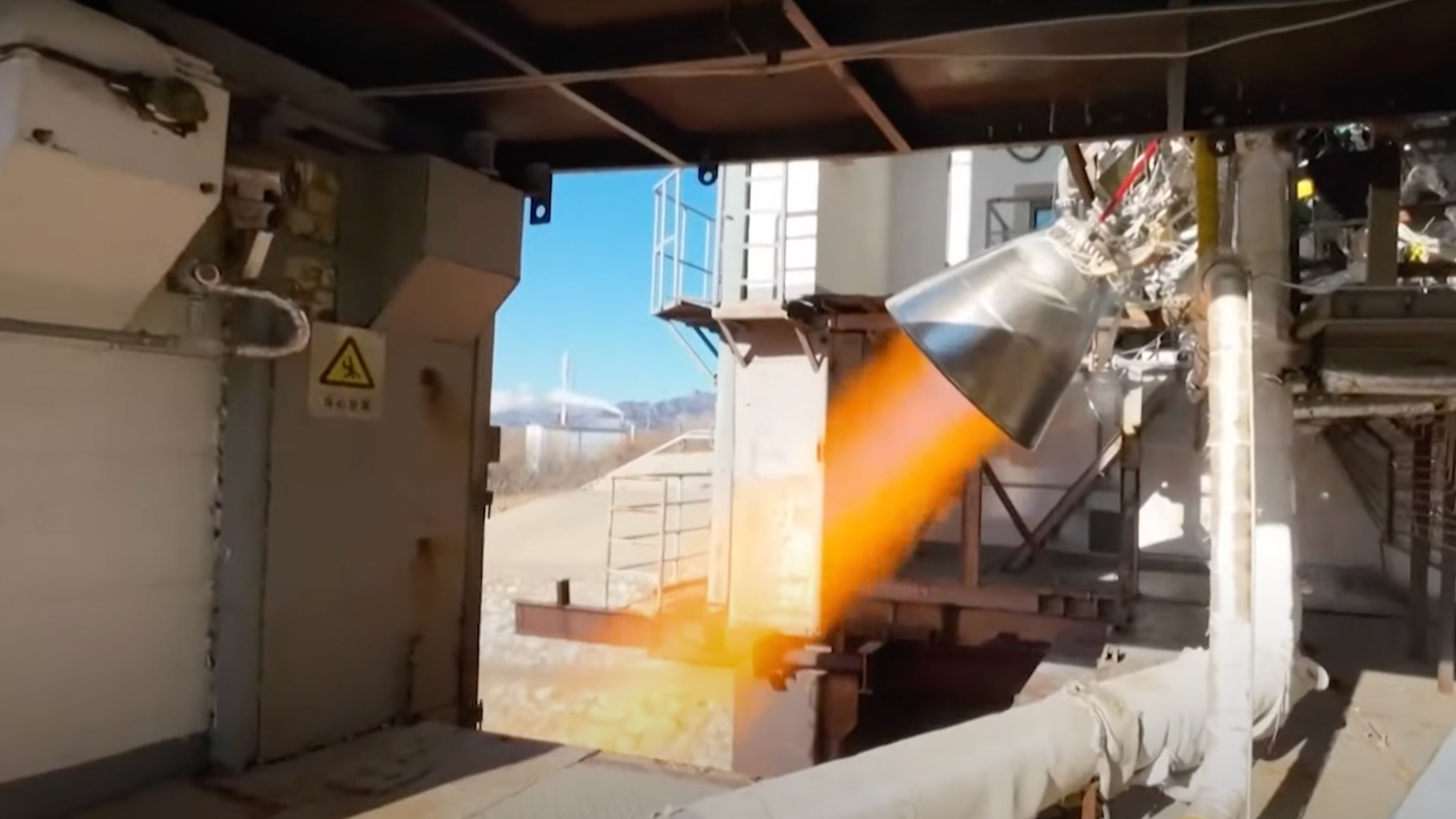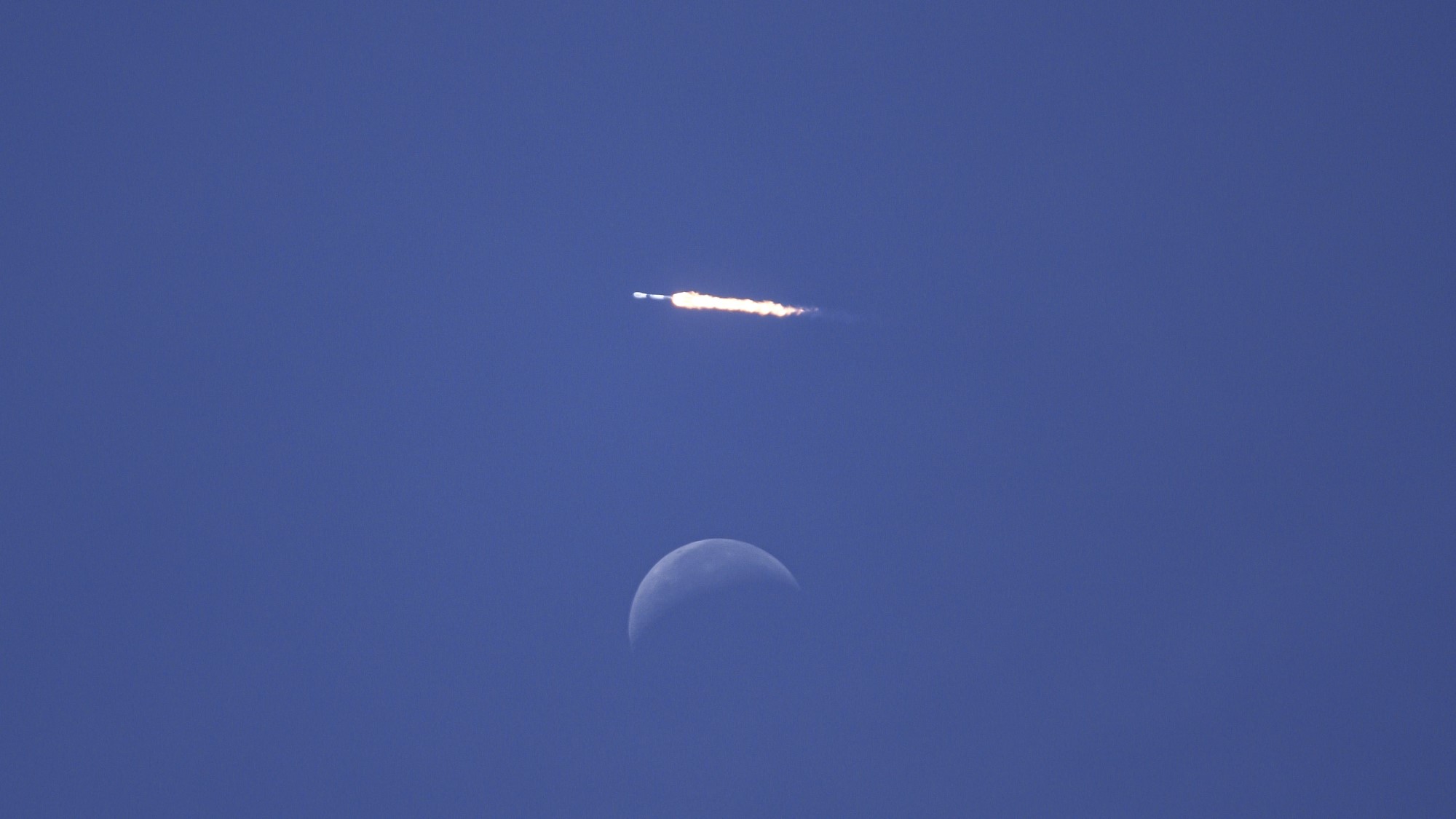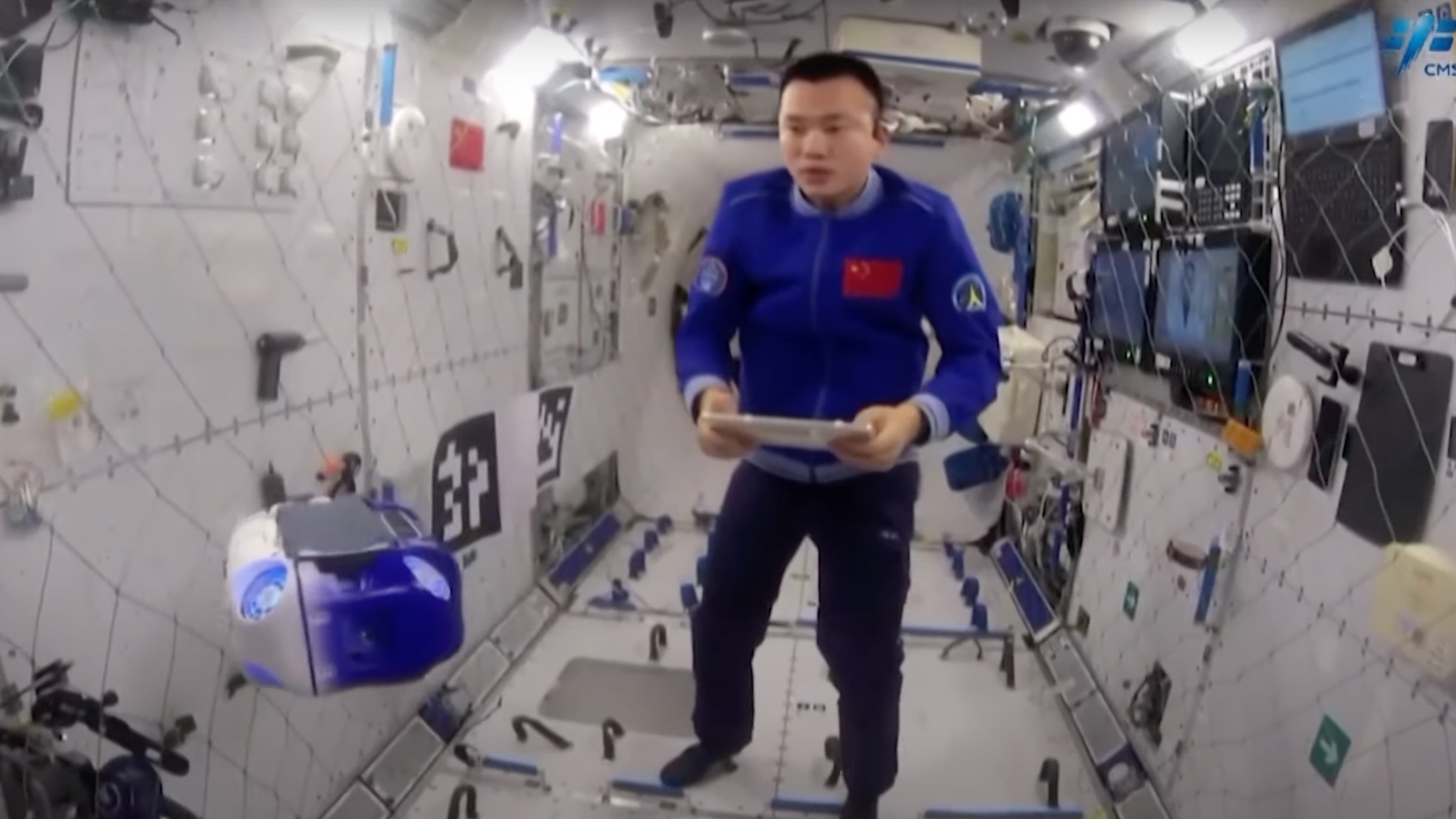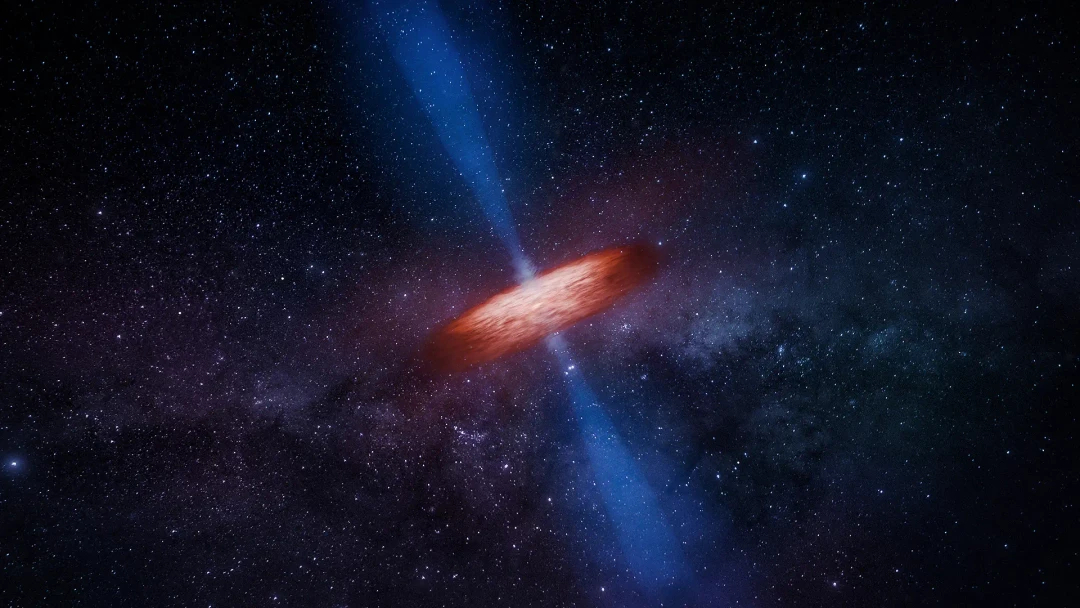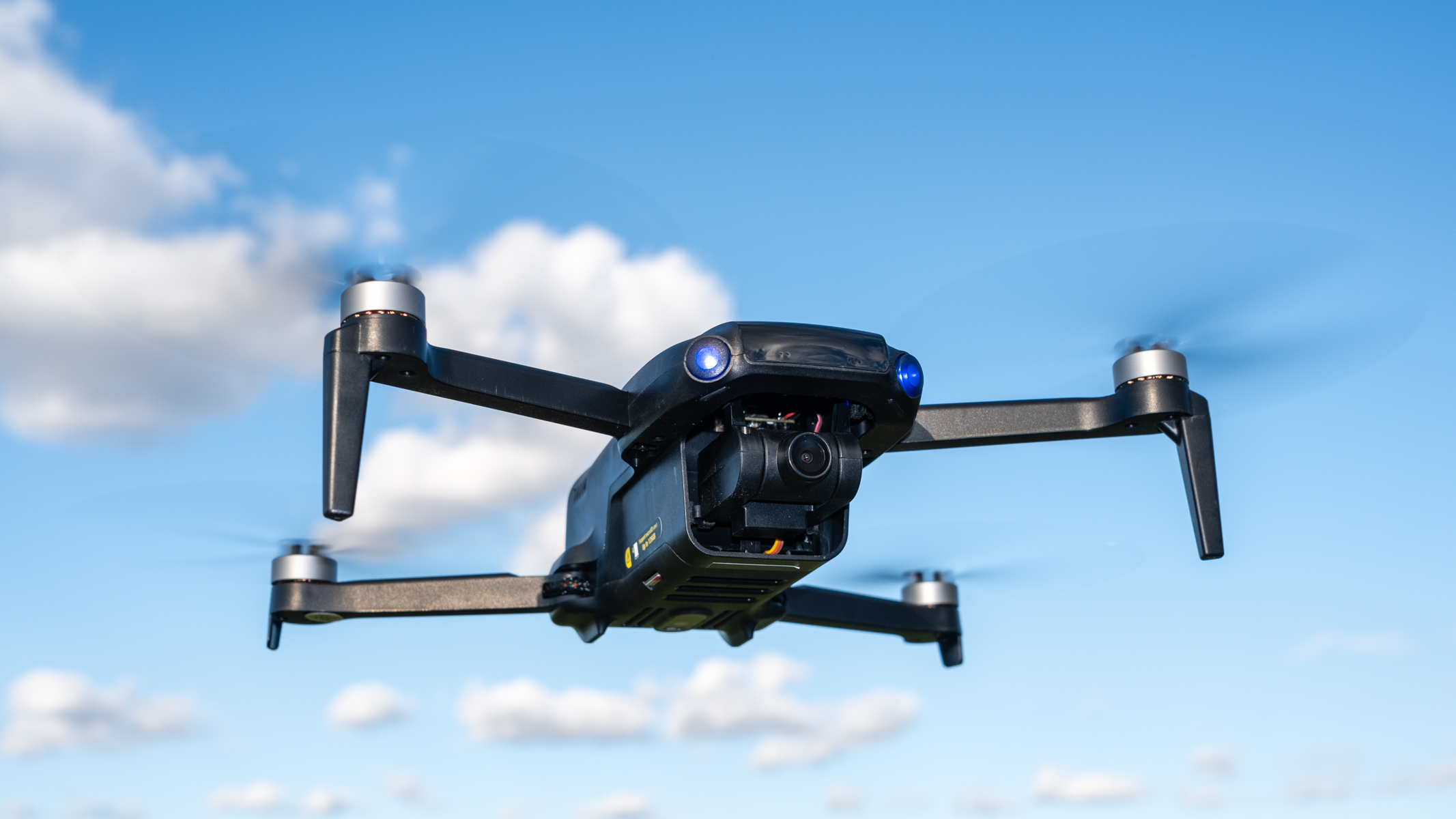China’s state-owned main space contractor tested five different rocket engines on one day last week in preparation for future missions and projects.
The China Aerospace Science and Technology Corporation (CASC) tested the engines at two sites in Beijing and Laiyuan County in Hebei Province, north China, on Jan. 2.
One test-fired a new hydrogen-oxygen engine for the upper stage of an unspecified rocket for 100 seconds. It was conducted by the 101 Institute of CASC’s Academy of Aerospace Propulsion Technology.
“The just-completed experiment tested an upper-stage liquid hydrogen-liquid oxygen engine. It tested the overall coordination of the engine and obtained performance data. After assessment, we concluded that the test was a complete success,” Xia Wei, a CASC engineer, told China Central Television (CCTV).
Related: The history of rockets
China is known to be developing new liquid hydrogen-liquid oxygen engines for rockets including the Long March 10 launcher, which is designed to send astronauts to the moon.
Also test-fired in Beijing were a main engine, an upper-stage engine, and a reaction and orbit control engine. Reports did not identify which of China’s rockets the engines were for.
In Laiyuan, a methane-liquid oxygen engine was also successfully tested, again with few details provided. China’s commercial launch companies such as Landspace and iSpace have developed methane-fueled engines, while CASC is developing a powerful, full-flow staged combustion engine for its Long March 9 megarocket project. SAST, another CASC subsidiary, is also developing a methane rocket, which is expected to have a launch and landing test as soon as next week.
Xia added that CASC will conduct research and testing of multiple engines for deep-space exploration, heavy-lift rockets, and other types of engines for China’s major space projects, according to CCTV news. China could debut a range of new Long March and commercial rockets this year, according to SpaceNews.

